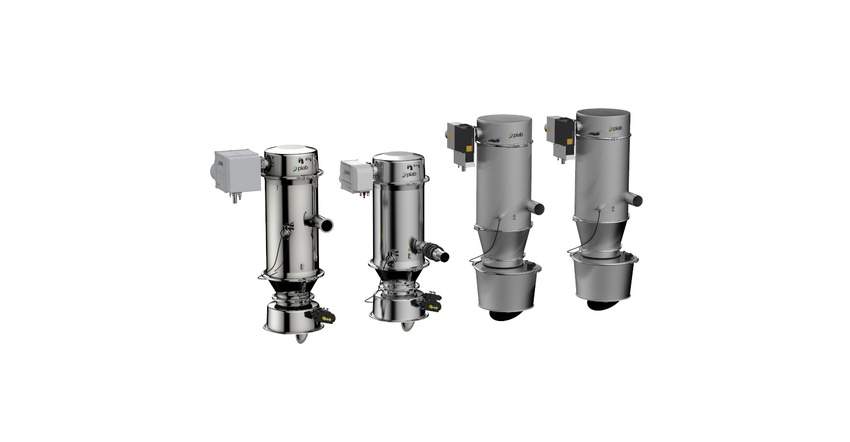Piab Introduces New Vacuum Conveyor Series
Conveyors improve automation acceptance
September 22, 2022

Only the broader adaptation of automation can lead to higher productivity levels in manufacturing, but the leap has to be aligned with the users to be successful. Conveying solutions for powders, granules, and small particles must be easy to adapt, efficient, and sustainable. Piab introduces the piFLOW batch volume optimization, a new vacuum conveyor product series.
The automation level in the food, pharmaceutical, and chemical markets is developing rapidly due to the adaptation of new solutions globally. The acceptance is increasing thanks to the obvious benefits of automation, such as improved product hygiene and employee safety. Heightened consumers' expectations and legislative agency regulations also force manufacturers to re-evaluate their processes, but there are still some reasons why they choose not to invest. Currently, manufacturing plants often consist of separate silos of automation where process steps are not entirely connected.
One of the main concerns against the adaptation is the organization's lack of acceptance of new technologies. A high fluctuation rate and the scarcity of trained, competent operators or technicians makes it difficult to take the leap. Therefore, all new equipment introduced must be as user-friendly as possible in order to decrease employee onboarding time and to reduce the possibility of human error.
Piab took all the above requirements into account when it developed its new product series, the piFLOW batch volume optimization. The batch volume optimization functionality is easy to maintain, compliant with industry standards, and enhances productivity.
The vacuum conveyor takes solids from a pickup point and releases them into a receiving vessel or a piece of equipment in batches. Batch volume optimization features a level sensor. Once the conveyor is filled up by each cycle, the sensor automatically triggers the release process. This way, operators can set the conveyor up quickly, and the automatic level sensing adds an extra layer of safety, which protects the equipment from unplanned maintenance.
"Even robust industrial equipment is used by humans; we can't expect people to adopt automation techniques if they have a hard time understanding it. It works the same way as adopting new mobile technology or other personal devices. If we manage to make it accessible, it will be easy to adapt for the users," said Laura Katinaite, director of product management.
Piab, Hingham, MA 800-321-7422 www.piab.com
About the Author(s)
You May Also Like




